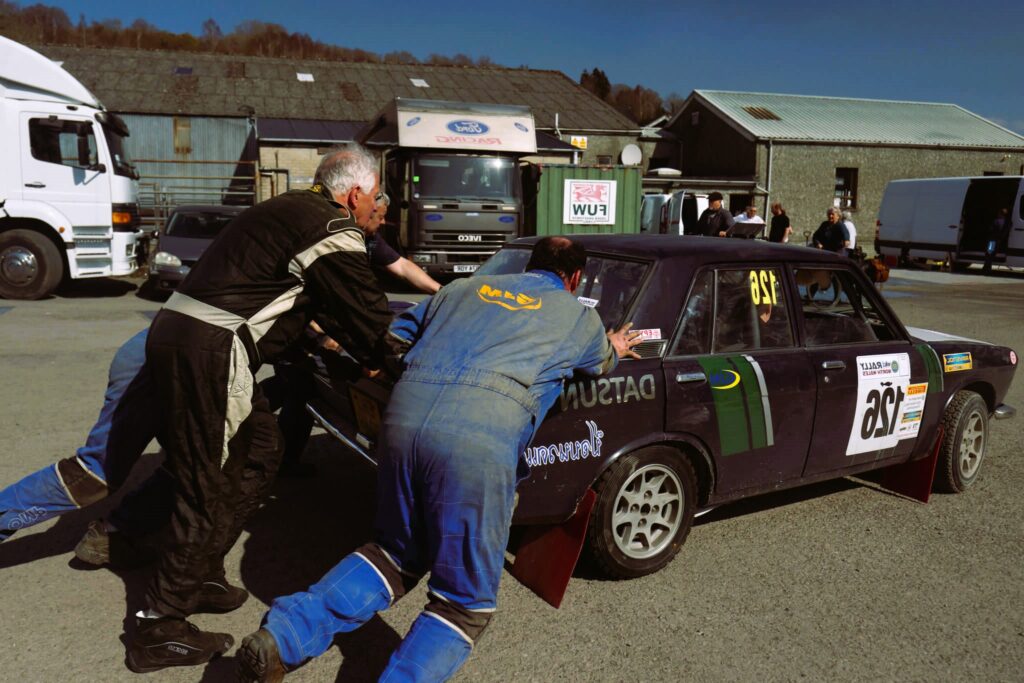Behind the Scenes: What It Takes to Organize a Rally Event

Rally events are exhilarating spectacles that captivate audiences around the world with their high-speed action, breathtaking landscapes, and adrenaline-fueled excitement. But behind every successful rally lies months of meticulous planning, coordination, and preparation. In this article, we’ll take a behind-the-scenes look at what it takes to organize a rally event and the key factors that contribute to its success.
1. Vision and Conceptualization
Every rally event begins with a vision—a concept that captures the essence and spirit of the competition. Event organizers must define the objectives, theme, and unique selling points of the rally to attract participants, sponsors, and spectators. This initial phase involves brainstorming ideas, conducting market research, and formulating a strategic plan to bring the event to life.
2. Strategic Planning and Logistics

Once the vision is established, organizers must delve into the nitty-gritty details of planning and logistics. This includes securing permits and permissions from relevant authorities, scouting and selecting suitable rally stages, establishing safety protocols and emergency procedures, and coordinating with local communities and stakeholders to minimize disruptions and maximize support for the event.
3. Budgeting and Financial Management
Budgeting plays a crucial role in the success of any rally event. Organizers must carefully estimate expenses for venue rentals, stage construction, safety equipment, personnel salaries, marketing and promotion, and other operational costs. They must also seek sponsorship deals, secure funding from investors or government grants, and implement effective financial management strategies to ensure the event stays within budget and remains financially sustainable. Did you like the article? Read also about Meeting Drivers.
4. Marketing and Promotion
Effective marketing and promotion are essential for generating buzz and attracting participants and spectators to the rally event. Organizers utilize various channels such as social media, traditional advertising, press releases, and partnership collaborations to raise awareness, build anticipation, and drive ticket sales. They also work closely with sponsors and media partners to maximize exposure and reach a wider audience.
5. Participant Recruitment and Registration
Recruiting participants is another critical aspect of organizing a rally event. Organizers must devise strategies to attract professional drivers, amateur enthusiasts, and teams from diverse backgrounds and skill levels. This involves creating enticing incentives, offering early bird discounts, providing comprehensive registration packages, and streamlining the registration process through online platforms and registration portals.
6. Safety and Risk Management
Ensuring the safety of participants, spectators, and personnel is paramount in rally event organization. Organizers must implement stringent safety measures, conduct risk assessments, and develop contingency plans to address potential hazards and emergencies. This includes deploying medical personnel and ambulances, installing safety barriers and signage, and providing comprehensive safety briefings for all stakeholders.
7. Technical and Sporting Regulations
Compliance with technical and sporting regulations is essential for maintaining fairness, integrity, and competitiveness in rally racing. Organizers must adhere to the rules and guidelines set forth by governing bodies such as the Fédération Internationale de l’Automobile (FIA) and the World Rally Championship (WRC), which govern aspects such as vehicle specifications, race formats, timing procedures, and penalties for rule violations.
8. Volunteer Recruitment and Training
Volunteers play a crucial role in the smooth execution of a rally event. Organizers must recruit and train a dedicated team of volunteers to assist with various tasks such as course marshaling, crowd control, ticketing, hospitality, media relations, and administrative support. Volunteers are often the unsung heroes behind the scenes, providing invaluable assistance and contributing to the overall success of the event.
9. Media Coverage and Broadcast

Media coverage is essential for amplifying the reach and impact of a rally event. Organizers collaborate with media partners to secure coverage across multiple channels, including television, radio, print, and online platforms. They also facilitate live streaming, on-demand video content, and social media engagement to enhance the spectator experience and engage fans worldwide.
10. Post-Event Evaluation and Feedback
Once the rally event is concluded, organizers conduct a thorough post-event evaluation to assess its overall success and identify areas for improvement. This involves gathering feedback from participants, spectators, sponsors, and stakeholders through surveys, interviews, and debriefing sessions. Organizers use this valuable insight to refine their strategies, address any shortcomings, and enhance the quality of future rally events.
In conclusion, organizing a rally event is a complex and multifaceted undertaking that requires meticulous planning, coordination, and teamwork. From conceptualization and strategic planning to execution and evaluation, every aspect of the event must be carefully orchestrated to ensure its success. By following these key principles and best practices, rally organizers can create memorable and impactful events that leave a lasting impression on participants and spectators alike.


